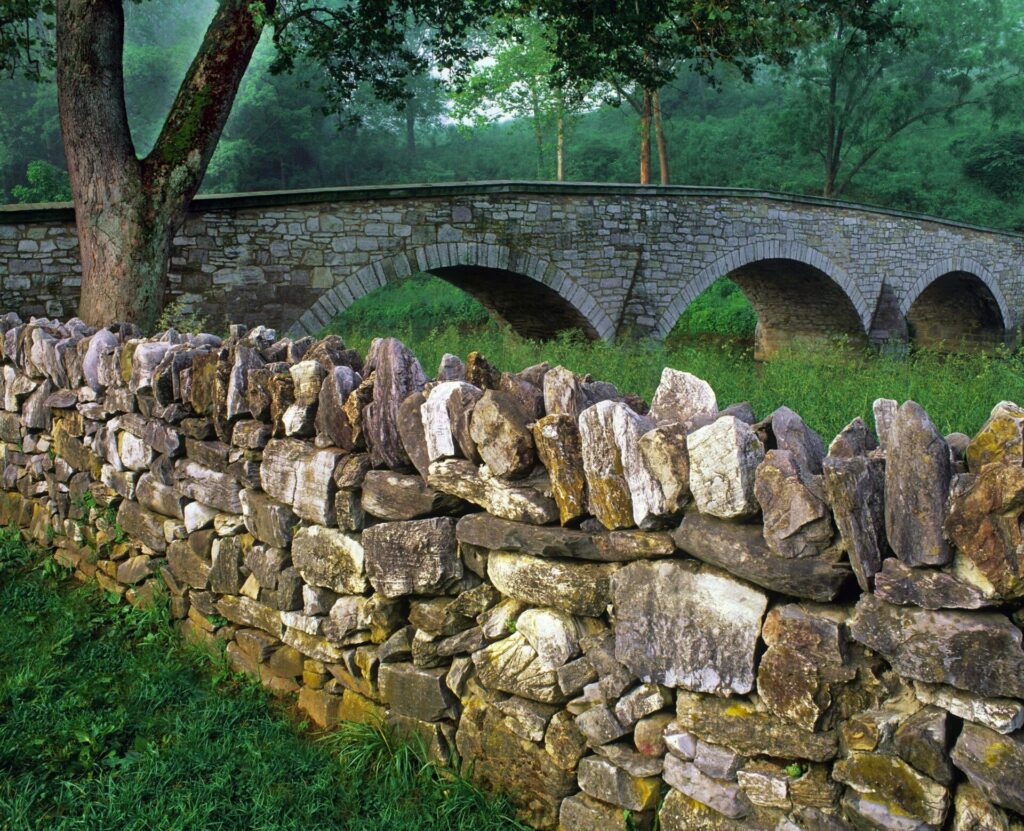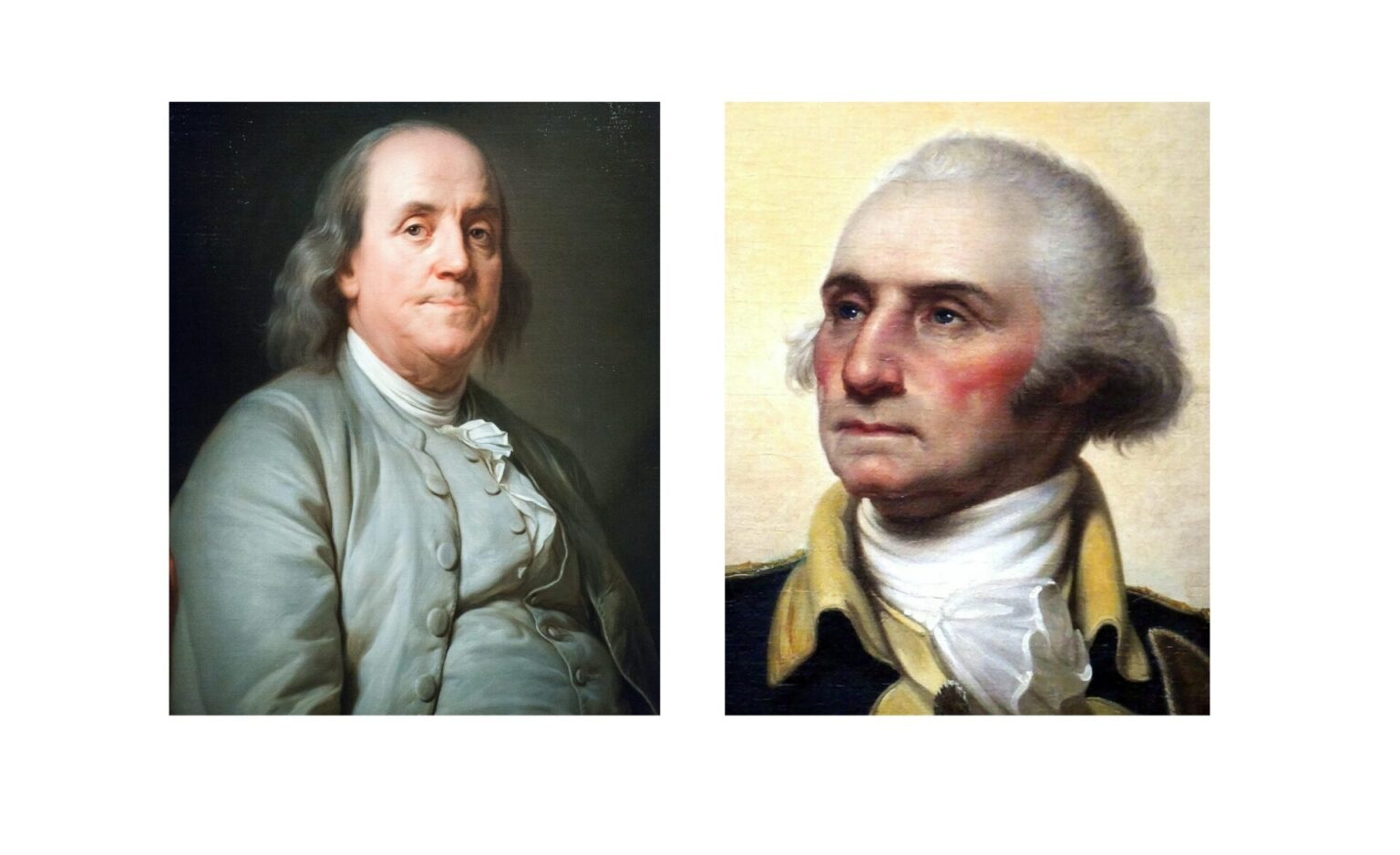For nearly 250 years, Franklin County, Pennsylvania and Washington County, Maryland have experienced parallel histories, like kin living astride the Mason-Dixon Line. The two counties were once stationed on America’s frontier, and their prominent early settlers utilized the same natural resources and enterprising grit to carve similar legacies.
Neither state territory began with its current county name. As the American map shifted away from colonies after the revolution, U.S. States created new counties as they shrunk their geographic units to allow citizens easier access to governmental county seats.
Washington County was once contained inside Prince George’s County, then later Frederick County. Fittingly in 1776, the current territory was named for Revolutionary War hero- and eventual first President- George Washington. This patriotic choice proved popular, as 30 other states later honored Washington with a county designation. Washington is the most common county name in the United States. But Maryland had the foresight to name their county for George Washington first.
Franklin County followed a similar pattern when naming its territory for founding father Benjamin Franklin. Franklin is the third most popular honoree in the states, with 25 counties named for the brilliant statesman. Franklin County was once part of Lancaster County and then later contained inside Cumberland County. Cumberland County was split up and part of it became Franklin County in 1784.
Washington and Franklin Counties have notable geographic shapes. Washington County looks like an exact replica of the state of Maryland, as if the county’s boundaries were intentionally drawn as a tribute to its motherland. Franklin County is shaped like a giant arrowhead with the point directed north, a symbolic homage to its ancient native population. This Pennsylvania county encloses a much larger territory (773 square miles) than its southern Maryland neighbor, as Washington County contains 467 square miles.
Despite differences in land mass, the two county’s evolving population growth is nearly identical. In 1800, Washington County had approximately 19,000 residents- so did Franklin County. Franklin surged ahead by 1900, with 55,000 citizens, while Washington’s growth lagged 10,000 behind. But the Maryland county sprung ahead by 2000 with a population of 132,000, edging out the Pennsylvania county by 3000. After the 2020 Census, the race for population bragging rights was still a dead-heat. Franklin County’s estimated 156,000 residents now bests Washington County by only a few hundred people.

Looking back at the settlement of county seats Chambersburg and Hagerstown, their two founding fathers also had similar backgrounds. Both men, Jonathan Hager and Benjamin Chambers, were hard-working immigrants with devout religious beliefs. They possessed the willpower and resources to build and protect their families and businesses.
Jonathan Hager was born in Germany in 1714, and came to America in 1736. Three years later, he purchased 200 acres in the Maryland colony and developed his property near two freshwater springs. Hager built a formidable stone house with 22-inch-thick walls, not only to keep his family warm during winter, but also to protect from potential frontier Indian attack. Hager was a volunteer Captain of Scouts during the French and Indian War.
Hager’s original settlement was called Hager’s Fancy, but his town’s first official name was Elizabethtown, named for his wife. Eventually, “Hager’s town” proved more popular and that became the town’s legal name in 1814. Hager played a vital role in the area’s development. He helped secure his namesake community as the eventual county government center. Hager was also active in Maryland politics. For his longtime leadership, Hager is celebrated as the “Father of Washington County.”
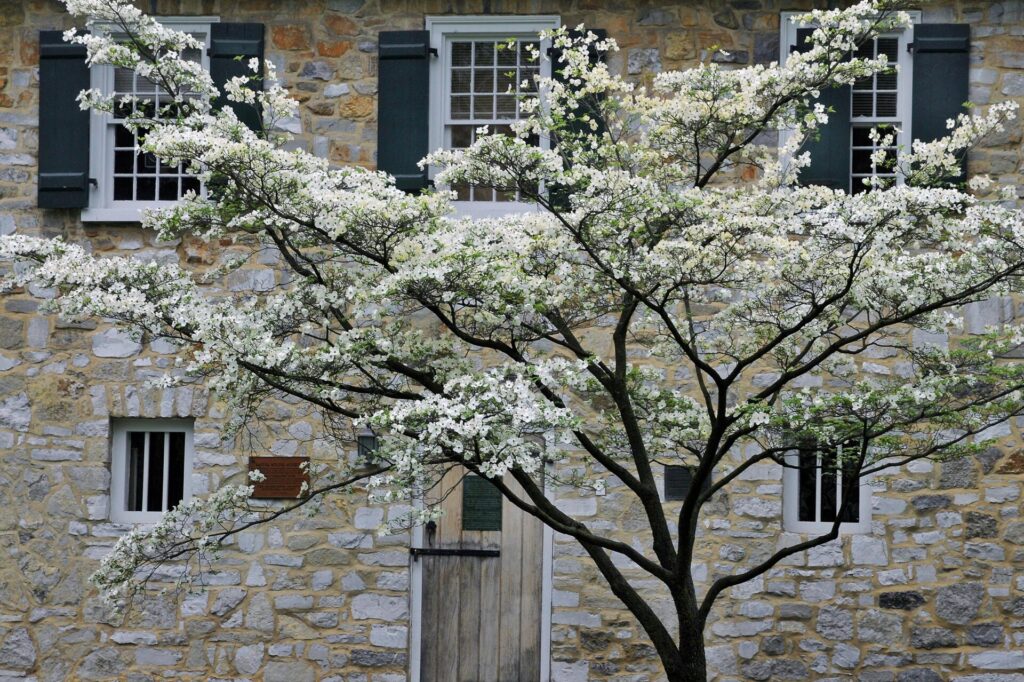
Sadly, Hager was killed while supervising construction of the Hagerstown Zion Reformed Church in November, 1775. He had donated the land for the building, now the oldest church still used in Washington County. Hager is buried in Zion’s churchyard.
In 1707, Benjamin Chambers began life in Ireland. He arrived in America in 1726. Once in the southern Pennsylvania colony, Chambers quickly went to work building a grist mill and saw mill at Conococheague Creek and Falling Springs. His water-powered enterprises proved successful and he later secured a 400-acre tract from the William Penn family.
Chambers sought protection for his family and business, and later built Franklin County’s Fort Chambers, complete with stockade and mounted 4-pounder cannons. He also fought in the militia during the French and Indian War. After the revolution, George Washington gifted the Chambers family a pair of silver inlaid pistols as a token of friendship.
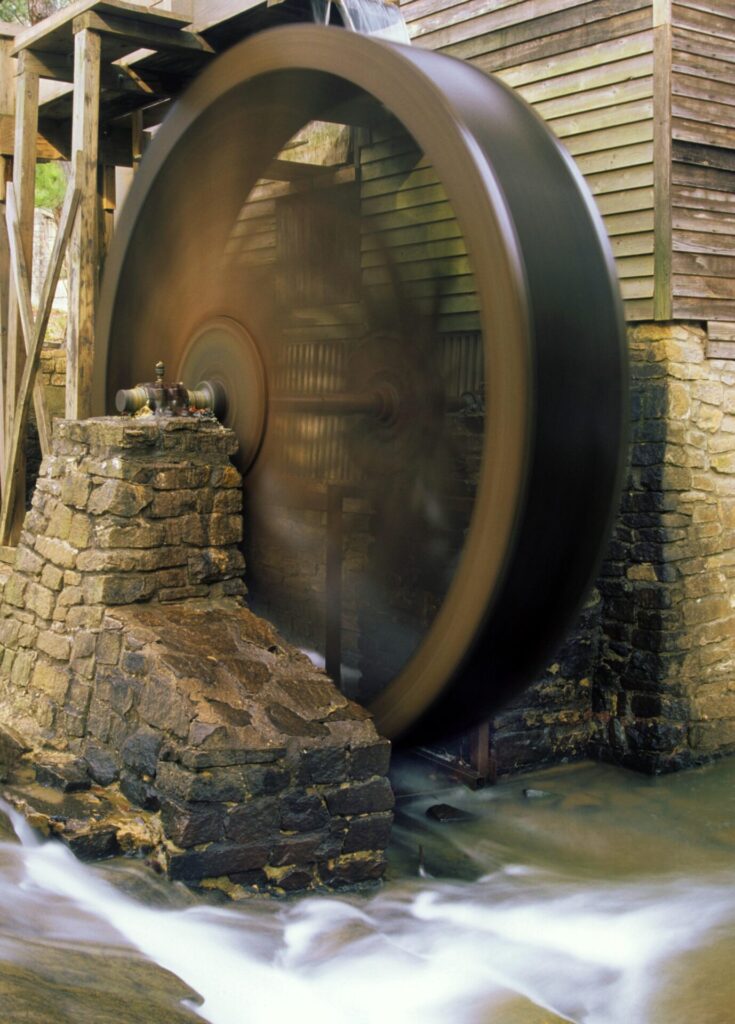
In 1764, Chambers platted the town that carries his name. Chambersburg thrived and became Franklin County’s seat of government. Chambers was a religious and civic-minded man who founded the Falling Springs Presbyterian Church. To encourage worshippers of other denominations, he also provided land for two other Chambersburg churches, the Zion Reformed Church and First Lutheran Church.
The only tribute Chambers required for the land grants was a simple request: that all three congregations donate one rose each year as a perpetual rent payment. That flower was the emblem on Chamber’s family crest. Over 250 years later, this trio of churches still honors that tradition each June, each presenting a single flower to a Chambers’ descendent. Benjamin Chambers lived a long life; he died aged 80 in 1787. Those three annual roses are placed on his grave at Chambersburg’s Falling Springs Presbyterian cemetery.
While Hagerstown and Chambersburg flourished during the 1800s, both towns endured a tragic episode during the Civil War. Confederate General Jubal Early sought to avenge Union caused destruction in Virginia by ransoming entire towns near the Mason-Dixon Line. He extorted $20,000 from Hagerstown and the town was saved.
But once in Northern territory, Early’s price on Chambersburg’s head rose significantly higher: $500,000. Given too little time to raise that sizable ransom, Rebels torched Chambersburg on July 30, 1864. Most of Chambersburg’s historic architecture completely burned, including 550 structures and the original Franklin County Courthouse. Inspired perhaps by the memory of their intrepid forefather, Chambersburg residents rebuilt their community.

Today, Franklin and Washington counties share a picturesque Cumberland Valley setting. In both locations, handsome stone bridges span Antietam Creek. Crystal clear waters flowing underneath drain into the mighty Potomac River. Old barns and rustic homes dot an undulating rural landscape, with panoramic views of South Mountain. Both counties maintain strong agricultural roots, with bountiful harvests thanks to fertile soil and moderate climate.
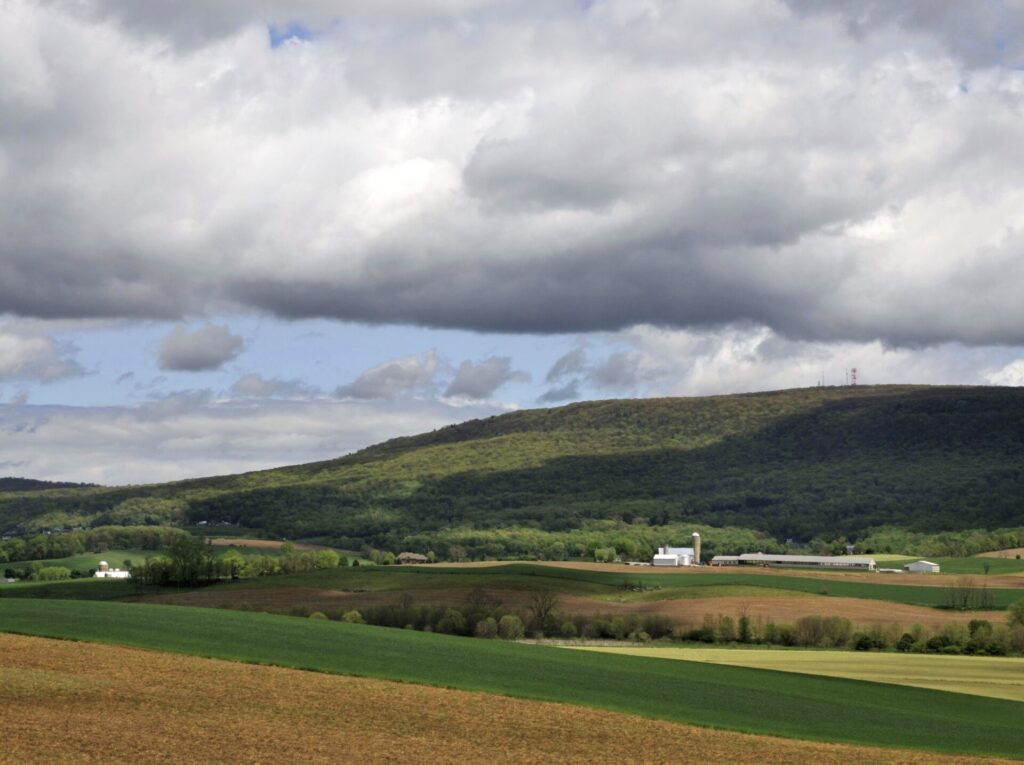
Aside from their topography, Washington and Franklin also share many cultural and demographic traits that make them appear like children from a common parent.
Both counties hold conservative political values and those beliefs are reflected in local and national elections. The last time Washington County voted for a Democratic Presidential candidate: almost 60 years ago in November, 1964- for Lyndon Johnson. Franklin County’s last time voting liberal in a national election was that same year, also for LBJ. Registered Republicans heavily outnumber Democrats in each county and routinely garner 70% or more of the vote.
Franklin and Washington Counties were once at the frontier’s edge, and today each has a renowned historic roadway signifying that American urge to head west. The famous Lincoln Highway (U.S. Route 30) was the first transcontinental highway, completed in 1913. This early engineering marvel passes through the heart of Franklin County on its journey from coast to coast.
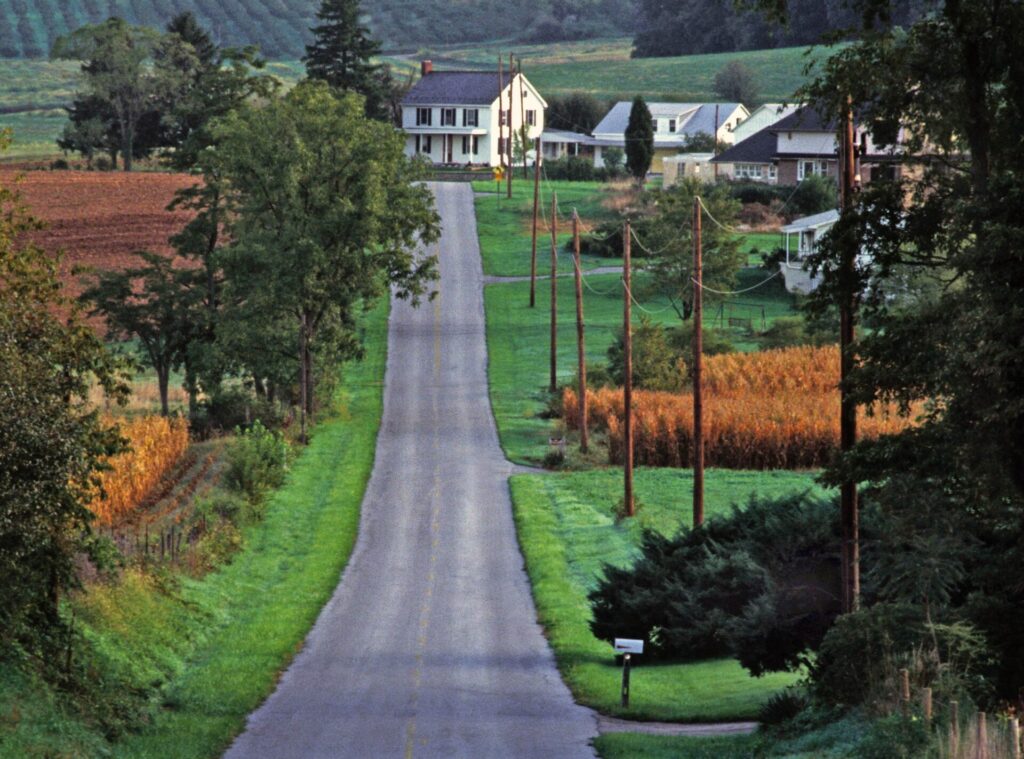
In Maryland, Route 40 bisects Washington County. Called the National Road, it was the first federally funded highway in U.S. history. Begun in 1811, the “Road that Built the Nation” took travelers west on a groundbreaking macadam and cobblestone pathway.
Today, tourists journey toward these two counties and enjoy prominent historic sites. Washington County has three National Parks, including the legendary Antietam Battlefield. History lovers visiting Franklin County appreciate the birthplace and boyhood home of America’s 15th President, James Buchanan. Outdoor enthusiasts challenge their fitness on the rugged Appalachian Trail, which passes through alpine terrain in each county.
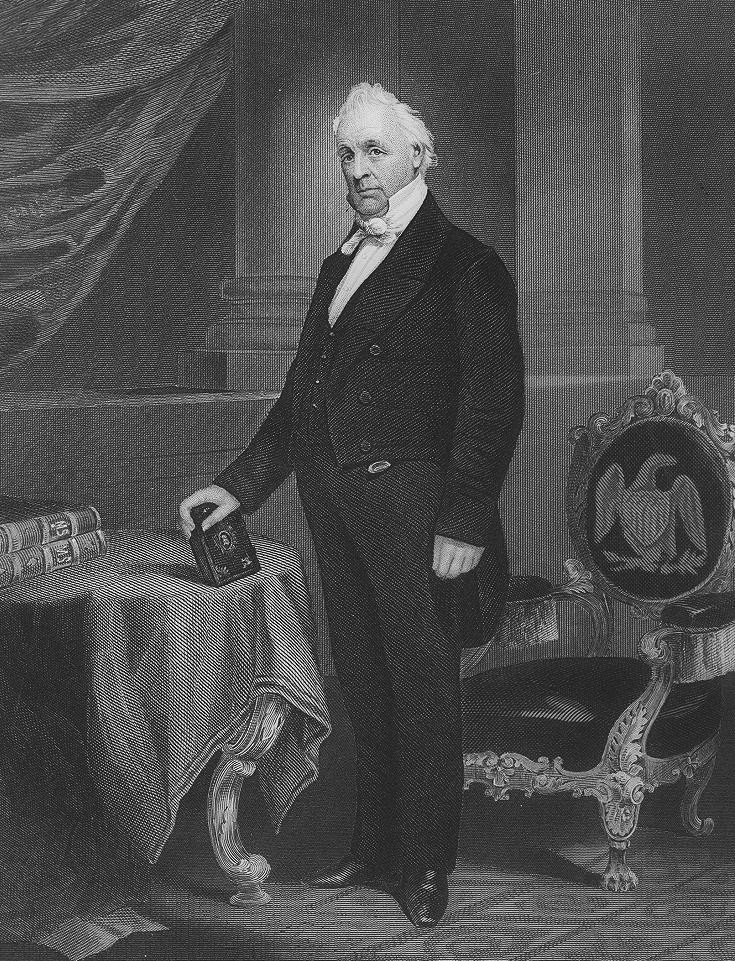
All told, Washington and Franklin Counties are vital provinces boasting fascinating stories and shared attributes. Commerce and culture pass freely between these Maryland and Pennsylvania territories- as easy as stepping through a welcoming doorway. Neighboring county residents in the State Line community, living only a few yards apart, represent two symbolic regions, one considered northern, the other southern; but they fraternize like family.
Similar to the men they were named for, Washington and Franklin Counties enjoy a lasting friendship based on mutual respect and common ground; like brothers living on shared land.
